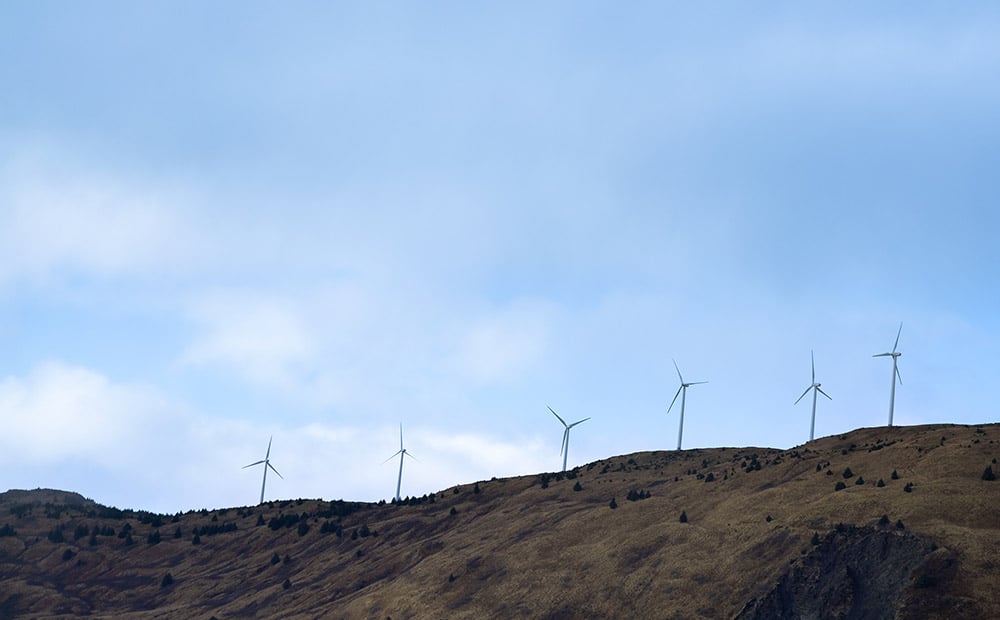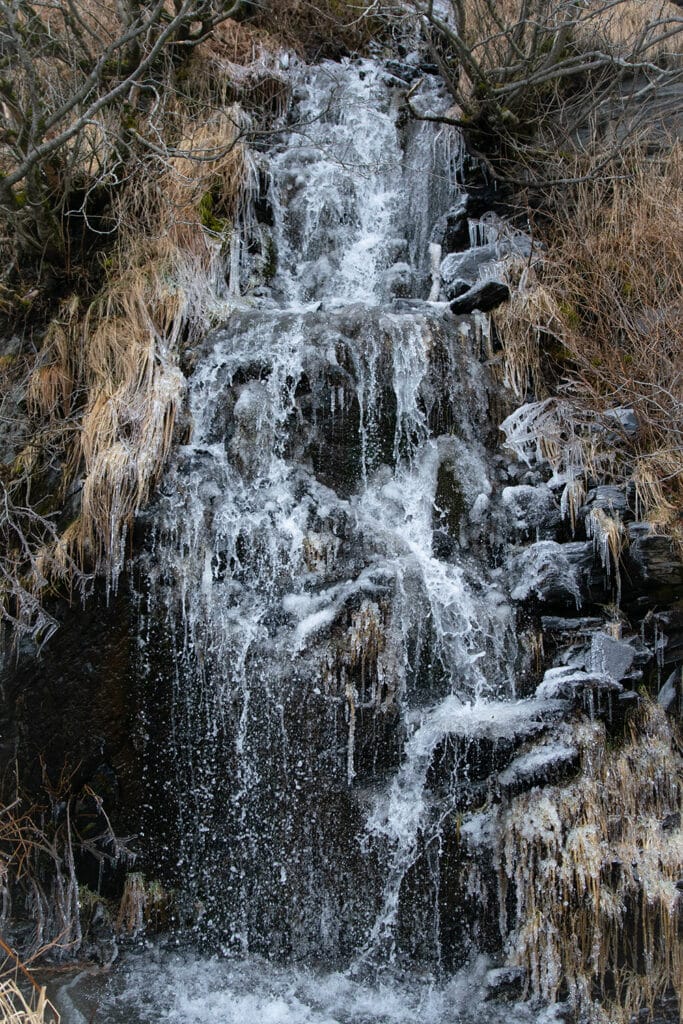ENERGY – SWOT
STRENGTHS

- The Economic Development and Environmental Programs Manager is a participant in the Arctic Energy Office Energy Ambassador program. This program will provide support through the Arctic Energy Office to foster energy security and advance the clean energy transition across the state.
- Kodiak Road System and the community of Port Lions is powered by 99.5% renewable energy sources at relatively inexpensive rates
- Economic assistance provided to rural Alaskan customers to cut costs for power through the Alaska Energy Authority’s Power Cost Equalization program.
- Completion of Akhiok’s electrical distribution system and electric powerhouse replacement project in the summer 2021 will enable the integration of renewable generation.
- Replacement of the hydroelectric penstock in Ouzinkie and the planned replacement of the current aging hydroelectric turbine.
WEAKNESSES
- The real, unsubsidized cost of electricity in rural village communities is very high.
- Three of the six village communities are 100% reliant on fossil fuels for energy generation.
- Aging utility infrastructure which varies from village to village will require significant investment for modernization.
- Aging skilled workforce which may decrease self-sustainability and require reliance on expensive, outside technicians.

OPPORTUNITIES
- Technical Assistance provided by The United States Department of Energy – Office of Indian Energy. Tribes may request this service for no-cost TA to develop energy projects in their communities.
- Wind, hydroelectric, and solar with the addition of grid energy storage are all potential opportunities to decrease dependence on fossil fuel electricity generation.
- Senator Lisa Murkowski’s Energy Act of 2020 will allow for the broad modernization of national energy policies.
- Beneficial electrification specifically for the Kodiak Electric Association grid (Kodiak road system and Port Lions) provides opportunities for heat pumps to heat homes/water and electric vehicles for transportation.
- Strategic workforce development plans should be identified and created to bridge the gap of the aging workforce.
THREATS
- The complexity and automation of powerhouses in rural Alaska challenge maintenance staff in village communities and creating an increased reliance on outside technicians.
- State budget challenges:
- Reduced funding for energy projects.
- The potential elimination of the Community Assistance Program.
- The Power Cost Equalization endowment could be at a significant risk from being transferred into general funds, removing inherent protections an endowment provides.
- Environmental regulations could change the way diesel fuel can be delivered to some of the village communities.
- Outmigration of population in rural village communities is changing load profiles on the village communities’ power systems.
ENERGY – NARRATIVE
The Kodiak Electric Association (KEA) is a leading example of an isolated microgrid operation throughout the world, producing 99.5% renewable electricity (wind/hydro, with battery) with electricity rates that are less than mainland Alaska. KEA’s success shows that renewable energy production is possible on Kodiak Island. And, the village of Port Lions is connected to the KEA grid.
An important element to remember is that five village communities are not connected to the KEA grid. These communities experience very high electricity costs just the same as isolated village communities throughout Alaska and the residents of these communities are very dependent on the Power Cost Equalization program for some level of electricity affordability.
The Alaska Energy Authority (AEA) has traditionally been heavily involved with energy planning and project support throughout Alaska and has a mission to “reduce the cost of energy in Alaska.” AEA has seen sizable budget cuts from State of Alaska and has a reduced capacity for future planning and project support. It may be more important than ever for private organizations, such as KANA and ANTHC, to develop the technical capacity and obtain funding resources to support those services lost by the state government agencies.
Major partners in the energy sector in the Kodiak region include the AEA, the Alaska Native Tribal Health Consortium (ANTHC), the Department of Energy – Office of Indian Energy, the University of Alaska’s Alaska Center for Energy and Power (ACEP), and the National Renewable Energy Laboratory (NREL). Working with these partners provides much-needed technical expertise to move projects forward in the Kodiak region.
Energy costs are a significant component of Economic Development. The economic feasibility of projects, existing businesses, and startups can be hampered by high energy costs and must be considered during evaluation.
The following table is a listing of Community Energy Priorities that were derived through a series of community meetings held by SWAMC staff and “community and regional leaders, residents, utilities, industry representatives, and other key stakeholders” during Phase II of the Kodiak Regional Energy Plan process. These energy project priorities will be updated as projects are completed or conditions change.
| Ahkiok | Old Harbor |
| Maintenance and Efficiency of Community Transportation Infrastructure: Construction of a fuel pier with dolphins and a marine header Acquire fuel truck to move fuel from tank farm to powerhouse Maintenance and Efficiency of Electrical Utilities: Workforce development: training for the next-generation utility operator Increase Community Education and Outreach: Increase local education about energy efficiency Develop Local Energy Generation: Solar: test feasibility of cost/benefit of solar integration Maintenance and Efficiency of Public Buildings: Feasibility of energy efficiency upgrades to public buildings Maintenance and Efficiency of Residential Buildings: Newer more energy-efficient homes are desired for the community to start replacing the older and less efficient homes. | Develop Local Energy Generation: Hydro: Permitting and final design and construction funding for hydro. Install Transmission lines from the new hydro facility Install power plant improvements for full system integration Maintenance and Efficiency of Water Utilities: Replace and upgrade current infrastructure. Currently a work in progress. Maintenance and Efficiency of Public Buildings: Feasibility of energy efficiency upgrades to public buildings Maintenance and Efficiency of Residential Buildings: Feasibility of energy efficiency upgrades to residential buildings Maintenance and Efficiency of Commercial Buildings: Feasibility of energy efficiency upgrade to commercial buildings Maintenance and Efficiency of Electrical Utilities: Workforce Development: Training for the next-generation utility operator Provide lighting service to the airport Increase Community Education and Outreach: Increase local education about science and energy in schools |
| Karluk | Ouzinkie |
| Maintenance and Efficiency of Electrical Utilities: Upgrade streetlights Maintenance and Efficiency of Water Utilities: Replace and upgrade mainlines and pump-house Maintenance and Efficiency of Public Buildings: Feasibility of energy efficiency upgrades to public buildings Maintenance and Efficiency of Residential Buildings Feasibility of energy efficiency upgrades to residential buildings Find ways to help homeowners up-keep homes and lower home heating and electrical bills Develop Local Energy Generation: Integrate renewable energy infrastructure to reduce dependence on diesel fuel for electricity | Develop Local Energy Generation: Hydro: Complete USDA High Energy Cost Grant funded project to optimize penetration of hydroelectric generation Biomass: Find funding for feasibility study of biomass system Wind/Solar: Analyze the feasibility of small-scale wind and solar power Maintenance and Efficiency of Electrical Utilities: Install AMPY meters or other pre-paid system Replace streetlights Maintenance and Efficiency of Public Buildings: Feasibility of energy efficiency upgrades to public buildings Reduce Cost of Local Food Supply: Install stand-alone solar generation at the farm for hoop house heat/cooling |

